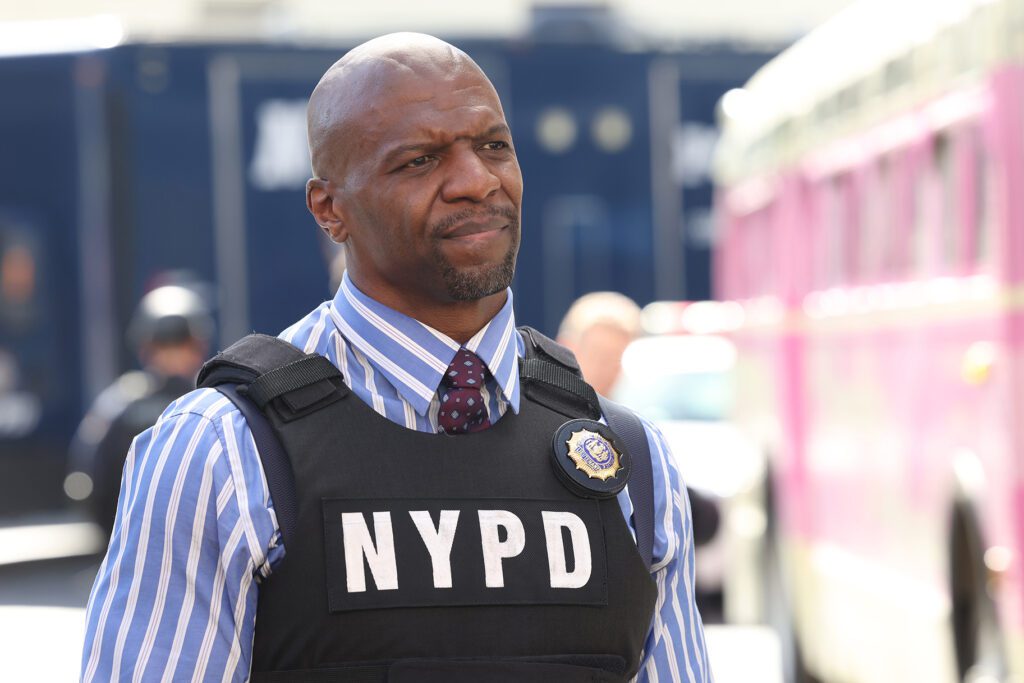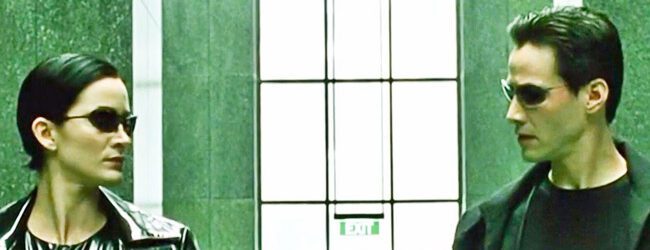The Worst Fire Protection Scenes in Television and Film | NFSA Members Weigh In

In a recent Future Leadership Committee newsletter, NFSA members provided feedback to the following question: Which scene in a movie or television show involving fire protection is the worst? The association has included some of the worst offenders in this blog.
While one offense typically involves a number of inaccuracies, we have divided scenes into three categories: sprinklers reacting to anything but heat, sprinklers reacting all at once, and fire sprinklers spraying anything but water.
Anything but Heat
 The first myth in media is the most common: fire sprinklers reacting to smoke or some other source other than heat. In “Brooklyn 99” (Season 3, Episode 8), a detective mistakenly flicks what seems to be a light switch, setting off all the sprinkler heads in the precinct and implying an improbable light switch-actuated deluge system.
The first myth in media is the most common: fire sprinklers reacting to smoke or some other source other than heat. In “Brooklyn 99” (Season 3, Episode 8), a detective mistakenly flicks what seems to be a light switch, setting off all the sprinkler heads in the precinct and implying an improbable light switch-actuated deluge system.
Similarly, in “Stranger Things” (Season 2, 2017), the school’s sprinklers are activated all at once during a confrontation, set off via computer, which differs from the standard, heat-triggered individual sprinkler response. “The Breakfast Club” (1985) also deviates from reality, with the school library’s fire sprinklers being set off accidentally, departing from the actual heat-activation mechanism of sprinkler systems.
Altogether Now
 Another persistent myth is fire sprinklers reacting all at once. Although this does happen in applications like deluge systems, it is uncommon. “The Matrix” (1999) portrays a lobby shootout scene with simultaneous activation of fire sprinklers, an unlikely scenario in most real-world buildings where sprinklers are designed to respond individually to heat.
Another persistent myth is fire sprinklers reacting all at once. Although this does happen in applications like deluge systems, it is uncommon. “The Matrix” (1999) portrays a lobby shootout scene with simultaneous activation of fire sprinklers, an unlikely scenario in most real-world buildings where sprinklers are designed to respond individually to heat.
In “Mean Girls” (2004), the gymnasium scene shows a full-system activation of sprinklers, diverging from typical operation. Action movies are typically the worst offending genre when it comes to fire sprinkler systems. Protagonists in action films typically employ fire sprinklers as a means of diversion, usually for an escape. “Die Hard” (1988) and “Léon: The Professional” (1994) are two notable offenders in this category.
You Put What in the Sprinkler System?
 While fire sprinklers reacting all at once to smoke is a common myth, films and television shows have recently become more creative in their inaccuracies. “Wednesday” (2022) involves filling up a sprinkler system via the Fire Department Connection (FDC) and pumping red paint (mistaken for blood) onto dancers, activated by pulling the fire alarm. This, however, pales in comparison to “The Fall of the House of Usher” (2023), where a fire sprinkler system is filled with corrosive materials and sprayed onto partygoers. Depictions such as these are not only inaccurate, but also damage the reputation of fire protection systems, as they are portrayed as causing serious damage.
While fire sprinklers reacting all at once to smoke is a common myth, films and television shows have recently become more creative in their inaccuracies. “Wednesday” (2022) involves filling up a sprinkler system via the Fire Department Connection (FDC) and pumping red paint (mistaken for blood) onto dancers, activated by pulling the fire alarm. This, however, pales in comparison to “The Fall of the House of Usher” (2023), where a fire sprinkler system is filled with corrosive materials and sprayed onto partygoers. Depictions such as these are not only inaccurate, but also damage the reputation of fire protection systems, as they are portrayed as causing serious damage.
Fire sprinkler systems filled with anything but water aren’t always bad though. “Blade” (1998) features a scene with garlic-infused liquid spraying from fire sprinklers to ward off vampires. “Constantine” (2005) also deviates from reality with the use of holy water in sprinklers to combat demons, a fictionalized departure from the standard water-only design of fire suppression systems, but at least the sprinklers aren’t antagonistic!
The Importance of Accuracy
Movies and television shows provide a great level of escapism from everyday life. Naturally there are some myths that viewers can look past: bullet-proof protagonists, the good guy always winning, and the couple always getting back together, but inaccuracies involving fire protection are perhaps the worst given that the public at large already knows very little about how these systems operate. It’s the National Fire Sprinkler Association’s hope that Hollywood does better when it comes to portraying these systems. After all, fire sprinklers are not the nuisance Hollywood makes them out to be, but rather a necessity in saving lives and property.
